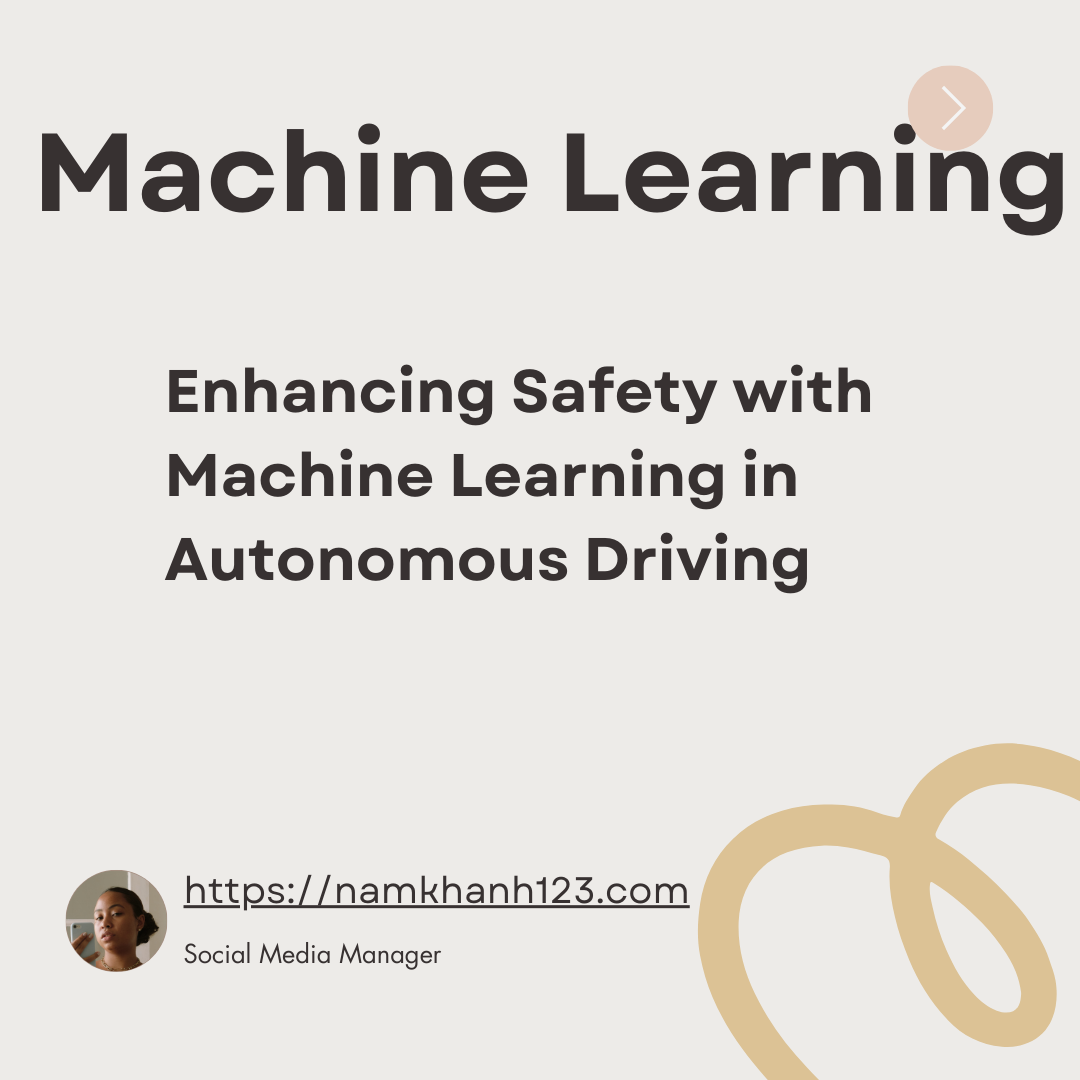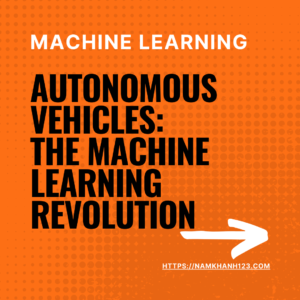The dawn of autonomous driving is upon us, and at its core, machine learning is playing a pivotal role in enhancing safety, revolutionizing how vehicles perceive, decide, and navigate. As we delve into the realm of self-driving cars, it’s clear that machine learning isn’t just an added feature; it’s the very backbone of safety and reliability in this new era of transportation.
Machine learning, a dynamic subset of artificial intelligence, enables autonomous vehicles to learn from vast amounts of data, make decisions, and adapt to new situations in real-time. This technology is crucial in processing and interpreting the sensory information that autonomous vehicles rely on to navigate safely. Through cameras, radar, and LiDAR, these vehicles gather data about their surroundings, which machine learning algorithms then analyze to identify obstacles, predict the behavior of other road users, and choose the safest course of action.
One of the most significant safety enhancements brought by machine learning is its ability to anticipate and react to potential hazards with superhuman speed and accuracy. Unlike human drivers, who can become distracted or fatigued, machine learning systems are always vigilant, constantly monitoring the environment and making thousands of micro-decisions every second. This relentless attention to detail significantly reduces the likelihood of accidents caused by human error, which is a leading cause of road fatalities.
Moreover, machine learning in autonomous driving contributes to safety through predictive maintenance. By analyzing data from the vehicle’s operations, machine learning can predict when parts might fail or require service, ensuring that vehicles are always in top condition and reducing the risk of breakdowns or malfunctions on the road.
However, the road to fully autonomous driving is paved with challenges, and ensuring the utmost safety is paramount. As the technology evolves, so too must the regulatory frameworks and ethical guidelines that govern it. Transparency in how decisions are made, robust testing under diverse conditions, and continuous improvement through data analysis are crucial for building public trust and ensuring that autonomous vehicles meet the highest safety standards.
The role of machine learning in enhancing the safety of autonomous driving is not only limited to real-time decision-making and predictive maintenance. It extends further into the realm of continuous learning and adaptation, a feature that sets autonomous vehicles apart from traditional ones.
Machine learning algorithms are designed to learn from experience, much like humans do. Every mile driven by an autonomous vehicle contributes to a vast pool of data, which these algorithms analyze to improve their performance. This means that the more autonomous vehicles are on the road, the better they become at driving safely. They learn from each other’s experiences, sharing knowledge and insights, leading to a collective improvement in safety across the entire fleet.
Furthermore, machine learning allows for personalized safety measures. By understanding the unique driving conditions of different regions, times of day, and even individual driving styles, autonomous vehicles can adjust their behavior to maximize safety. For instance, in areas with a high incidence of pedestrian traffic, the vehicle might adopt a more cautious driving style, while on highways, it might focus more on maintaining safe distances from other vehicles.
However, ensuring the safety of machine learning-driven autonomous vehicles also means preparing for the unexpected. Researchers and engineers are continuously working to improve the algorithms’ ability to handle rare or unforeseen situations, often referred to as “edge cases.” Simulated environments, extensive real-world testing, and sophisticated modeling techniques are all used to expose the vehicle to a wide range of scenarios, ensuring that it learns to navigate even the most unexpected situations safely.
Moreover, the safety of autonomous vehicles isn’t solely in the hands of technology. It also relies on effective communication with human drivers and pedestrians. Developing intuitive signaling systems and predictable behaviors is essential for smooth integration into the existing traffic ecosystem. As machine learning continues to evolve, so too will the ways in which autonomous vehicles communicate their intentions, ensuring safety not just for themselves but for all road users.
Enhancing safety with machine learning in autonomous driving is a multifaceted endeavor. It’s about real-time decision-making, predictive maintenance, continuous learning, and effective communication. As we advance further into this exciting future, the collaborative efforts of technologists, regulators, and the public will be crucial in realizing the full potential of autonomous vehicles. The promise of safer roads and saved lives is within our grasp, and with machine learning leading the charge, we are well on our way to making this promise a reality. The journey continues, and each step forward is a step toward a safer, more efficient, and more connected world.


